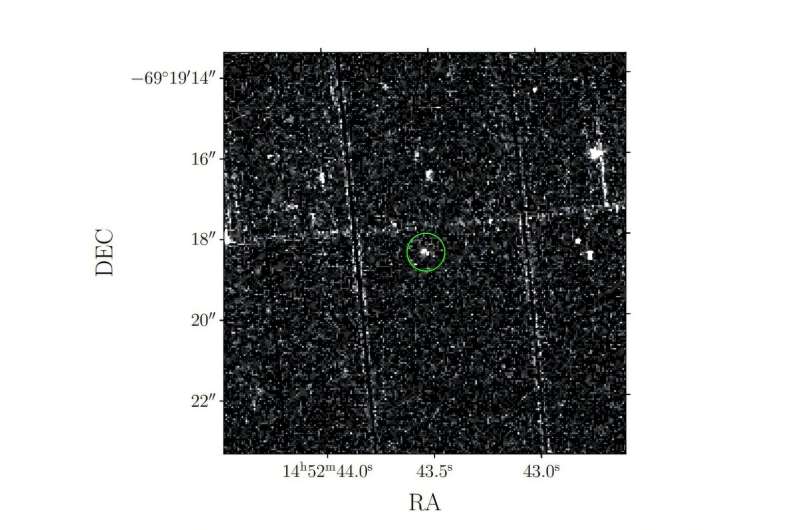
An international team of astronomers has discovered a new long-period radio transient designated as **ASKAP J144834−685644** (shortened to **ASKAP J1448−6856**). This finding contributes significantly to the limited catalog of known sources of this type. The discovery was detailed in a paper published on **July 17, 2025**, on the arXiv preprint server.
Long-period radio transients (LPTs) represent an emerging class of periodic radio emitters that exhibit ultra-long rotation periods ranging from minutes to hours, accompanied by strong magnetic fields. Despite some observations suggesting that these transients may originate from rotating neutron stars known as magnetars or magnetic white dwarfs, their precise nature remains unclear to astronomers.
Significance of the Discovery
The **Australian Square Kilometre Array Pathfinder (ASKAP)**, a 36-dish radio interferometer located in Australia, operates within the frequency range of **700 to 1,800 MHz**. One of its primary scientific goals is to characterize the radio transient sky by detecting and monitoring various transient and variable sources. The latest detection, led by **Akash Anumarlapudi** from the **University of Wisconsin–Milwaukee**, showcases the capabilities of ASKAP in identifying circularly polarized sources.
The astronomers noted that ASKAP J1448−6856 displays highly variable linearly and circularly polarized emissions. They stated, “We report the discovery of a new LPT, ASKAP J1448−6856. Discovered as a 1.5-hour periodic radio source, ASKAP J1448−6856 shows a steep spectrum, elliptical polarization, and periodic narrowband emission that declines at frequencies above **1.5 GHz**.”
The newly identified transient exhibits emission characterized by a harmonic frequency structure and polarized bursts, with its elliptically polarized emissions varying between **35% and 100%** across different observations.
Multiwavelength Observations and Implications
Notably, unlike many other LPTs, ASKAP J1448−6856 has been observed across various wavelengths, from X-rays to radio, and exhibits variability in optical bands. This makes it one of the few LPTs detected across such a broad spectrum. According to the paper, multiwavelength modeling of the spectral energy distribution (SED) of ASKAP J1448−6856, in conjunction with its radio properties, suggests that it may represent a near-edge-on magnetic white dwarf binary system with a magnetic field strength exceeding **1,000 Gauss**.
Nevertheless, the authors emphasize that the possibility remains that ASKAP J1448−6856 could also be an isolated white dwarf pulsar or a transitional millisecond pulsar-like system.
In concluding their findings, the scientists underscored the importance of discovering ASKAP J1448−6856 in advancing the understanding of the LPT population. “Combining ASKAP J1448−6856 with the growing number of long-period radio transients adds to the variety of multi-wavelength behavior and will help deepen our understanding of this emerging population (or, indeed, populations),” they stated.
The ongoing research into such phenomena not only broadens the horizons of astrophysics but also paves the way for future discoveries in understanding the universe’s complexities.







